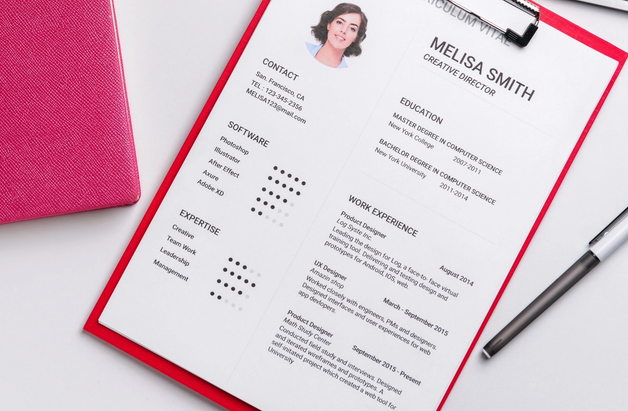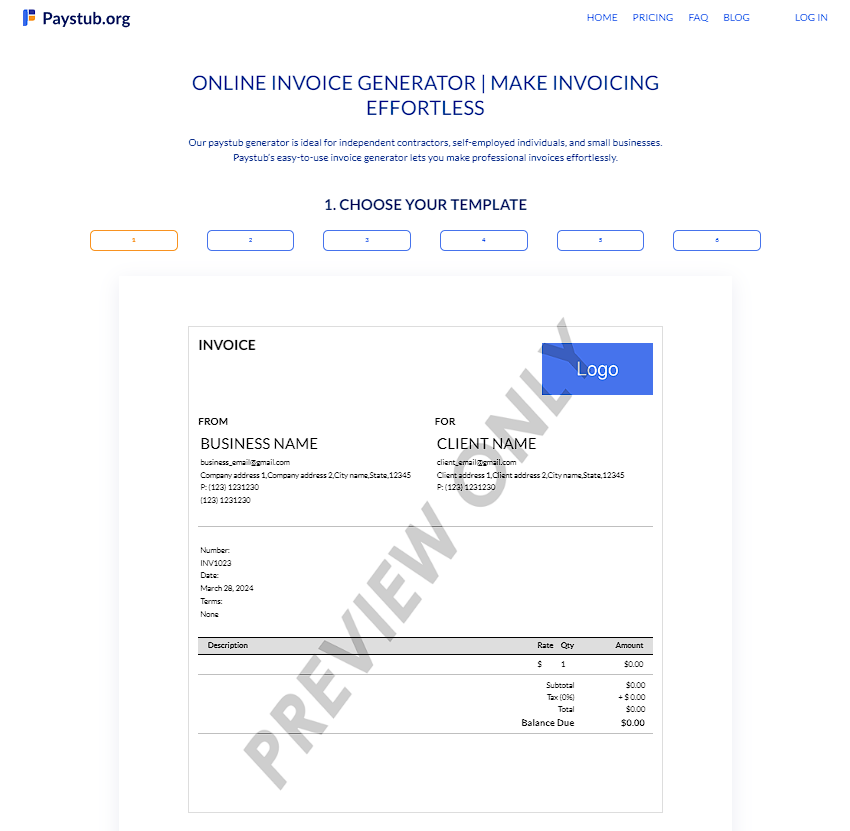Full Guide on How to Find Your Employment History in the US

March 28, 2024
An employment history is a detailed record of an individual’s work experience. It includes the previous companies where they were employed, whether they were freelance, full-time, or part-time.
Securing records of your previous employment is a must when applying for a new job and even when securing loans and renting apartments.
In this article, we’ll discuss the meaning of an employment history, its importance, and the different types of documents that prove your previous work experiences.
Let’s begin!
Key Takeaways
- An individual’s employment history records all their previous job experiences, including the names of the organizations where they worked, their positions and responsibilities, and the start and end dates of their tenure.
- Potential employers check applicants' employment history to gauge their skills and fitness for the job.
- Banks, lenders, financial institutions, and landlords may request a copy of a loan applicant’s or tenant’s employment history to verify their employment and income.
- To acquire your employment records in the US, you can request copies of your tax returns, social security records, credit reports, and paycheck records or contact your previous employer’s HR department.
What is Employment History?

Employment history is a compilation of past work experiences. It enumerates your previous employers or companies where you were formerly employed, either as a full-time staff member or an independent contractor.
A typical work history includes the following information:
- Company name
- Location of the company or organization
- Your previous job position or title
- A list of your tasks and responsibilities under the position
- The date when you started working
- The date when you left your job in the company
Job seekers usually include their employment history or job experiences in their resume or CV.
The Importance of Employment History
Documenting or listing down your previous job experiences is crucial to showcase your expertise and the scope of your skills to potential employers.
Recruiters want to know whether the skills and knowledge you have developed match their criteria. Let’s say you want to apply for a managerial position. To qualify, you must have had relevant experience managing a team or overseeing client accounts.
Not only that, recruiters are keen to learn if you have any gaps in between your work experiences, and if so, they want to know the reason behind these gap years.
Work History for Income Verification
Your job history providesbanks, financial institutions, lenders, and property owners with additional references about your finances.
As such, submitting documents that prove your employment history for a mortgage or loan is commonplace.
Nowadays, scammers use fake pay stubs and other falsified documents to try to get approval for loans or rent. That said, in addition to pay records, they may also require a list of your previous job experiences to confirm your employment and income.
How to Get Your Employment History in the US

In the US, there are different ways to acquire your employment history. Unfortunately, getting the necessary paperwork or documents to verify your previous employment can be tricky if you have worked for multiple companies.
That said, we’ve listed below examples of employment history documents you can use to certify your work experience:
#1. Check Social Security Records
Your social security records can help provide insight into your employment history. They include a summary of the percentages withheld from your regular earnings to contribute to the federal government’s Social Security benefits program.
Also, your employers use your social security number (SSN) to verify your eligibility to work in the US.
First, you must download Form SSA-7050, Request for Social Security Earnings Information, to get your SSN. The form is available on the official website of the Social Security Administration (SSA).
You can download or print the form and then fill in the blank fields with the required information. Note that the SSA will charge a fee to issue your social security records.
They typically charge $44 for certified total annual earnings, $100 for non-certified itemized earnings statements, and $144 for certified itemized earnings statements.
#2. Go Through Your Tax Returns
Your tax returns contain information about the total percentages withheld from your income to pay your federal, state, and local taxes. You can generate proof of your employment history through the IRS.
Visit their website and download Form 4506, Request for Copy of Tax Return. You may also use copies of your W-2 Form or 1099-NEC.
Your W-2 form declares your employer’s information, including their name, address, and contact details. It is possible to have multiple W-2 forms if your employer changed ownership or if you worked for different companies within the year.
If you are a freelancer, your 1099-NEC reports all income or payments you’ve received from your clients and outlines the amount of taxes you’ve paid.
#3. Contact Your Previous Employers
Contacting your previous employers to request a certification of your employment is also an option worth trying. It would be best to contact your last employer’s HR department because they keep records of current and previous employees.
Let the HR personnel or manager know that you need a certification of your employment in the organization. Don’t forget to inform them whether you need a digital or printed copy of your proof of employment.
Follow any additional instructions that the HR personnel may require, and provide your updated mailing address or email address to ensure you receive your requested document.
#4. Find Your Credit Reports
Credit reports outline your credit activity, particularly the state of your credit accounts, payment history, and any existing loans. Your credit reports may also include information about your previous and current employers.
Banks usually require employment information when you apply for credit to check and verify your income. If you want to use your credit reports, contact your bank or credit reporting agencies to request copies.
#5. Paycheck Records
Your paycheck records or pay stubs include your income information and withholding taxes, as well as your employer’s name, address, contact information, and EIN.
When using your pay stubs to verify your employment history, use your most recent paycheck copies or your payslips from three to six months ago.
Make Your Paystubs With Paystub.org

Whether you need pay stubs to prove your job history or income, our pay stub generator lets you generate paycheck copies in a few simple steps:
- Choose a template
- Fill in the blank fields with your details, employer information, and a summary of your earnings and deductions
- Preview the document and generate a copy of your pay stub when ready
Our pay stub generator is so simple to use that you can create as many pay stub copies as you need in one sitting. You can also download a PDF copy of your paycheck and print it or save it on your computer for future use.
Final Thoughts
Documenting your employment history is necessary to showcase the depth of your skills and experience in your respective field. It also helps certify your income when you need to secure a loan, rent, or purchase a property.
That said, you can always use this article as a reference to check other valid documents should you need to prove your job experience in the future.
Employment History FAQ
#1. What should I do if I can’t remember my employment history?
If you cannot recall your employment history, specifically the dates of your previous jobs, contact the Human Resources department.
Provide your full name and the position you had in the company, and ask if they can retrieve your work information during your tenure.
#2. Is employment history verification a part of a background check?
Yes, employment history verification is one of the first steps of a background check. Recruiters, lenders, and financial institutions check your past work experiences to validate the information in your resume and certify your finances.
#3. How do you write employment history on a resume?
The key to writing your employment history on a resume is listing all your past work experiences in reverse chronological order. In other words, you start listing your most recent job position first, followed by your work experiences before your last employment.
Remember to add the names of the organizations where you used to work, the dates when you started and last worked, your job position, and the responsibilities you had to fulfill.


